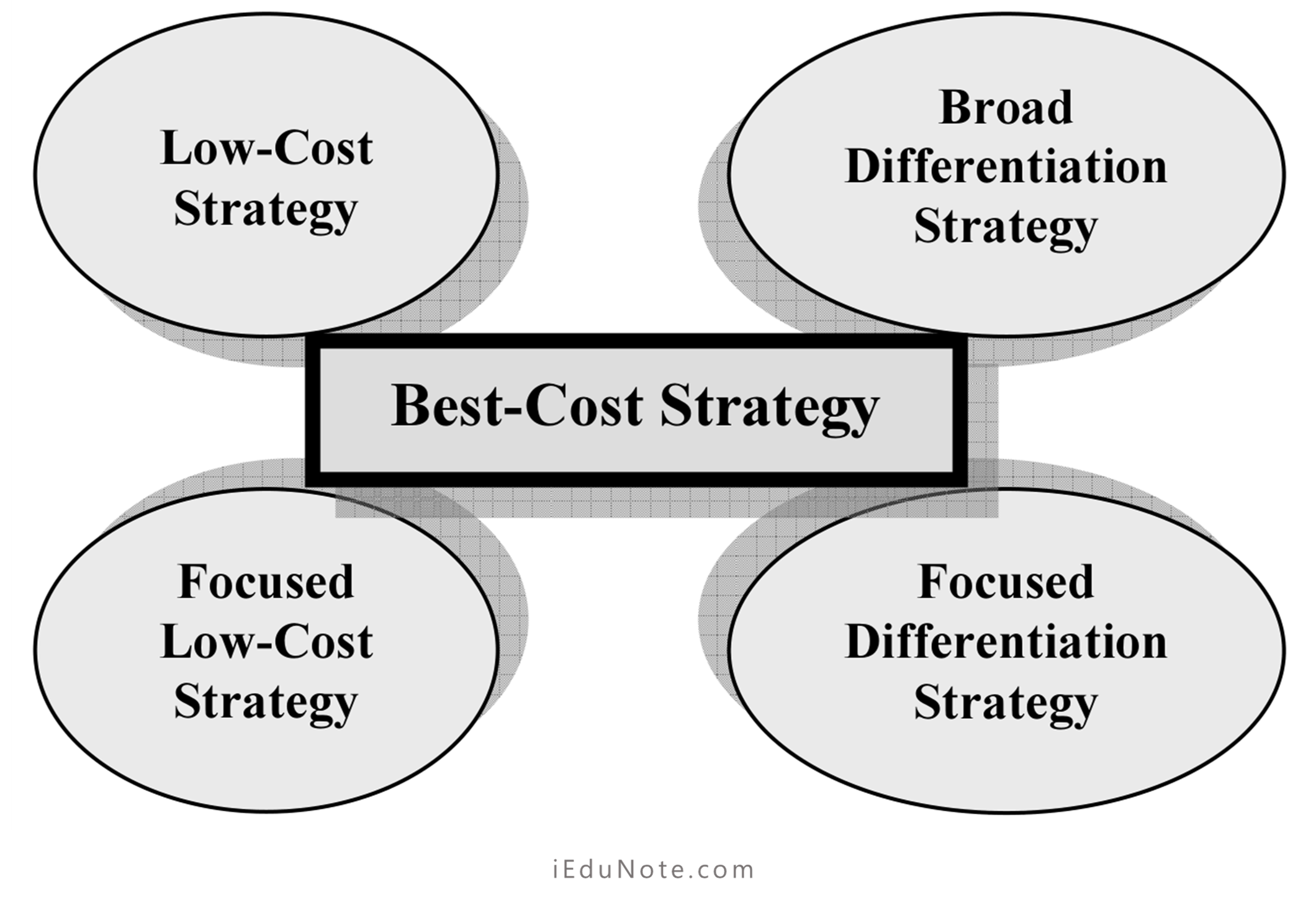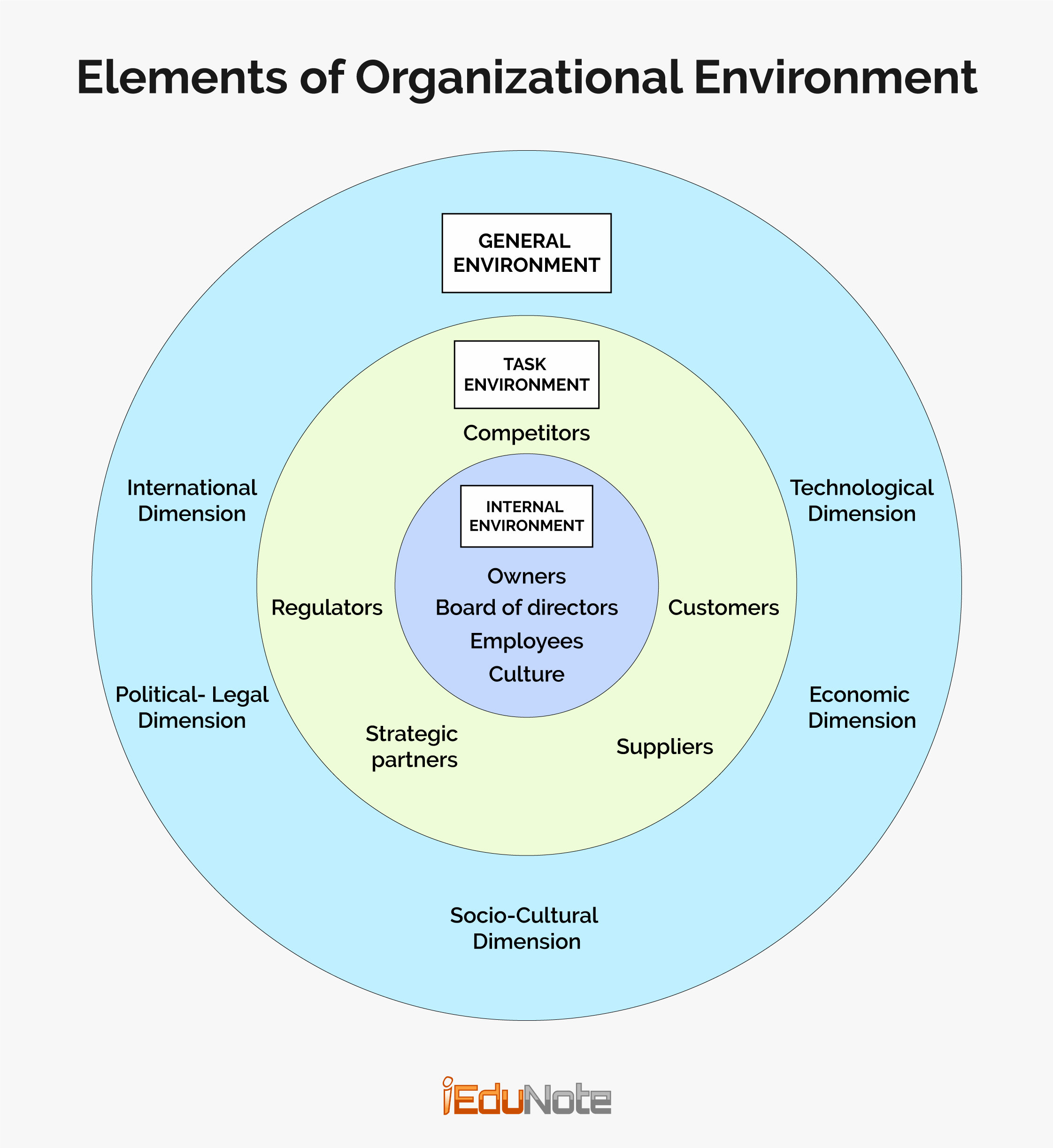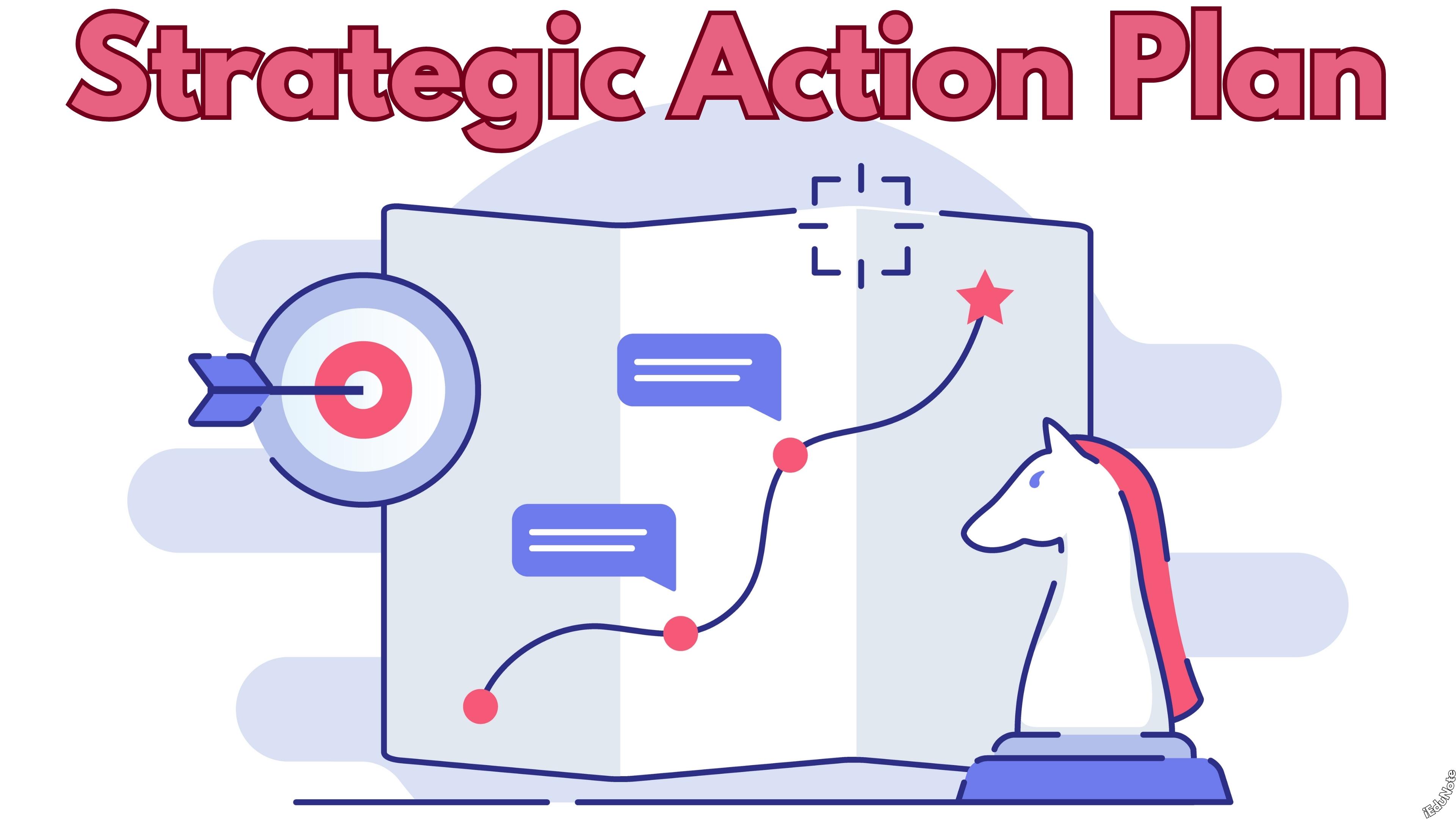Discover the best-cost strategy’s power. Achieve high quality, lower costs, and exceed customer expectations.
Best-Cost Strategy Defined

As a concept, best-cost means high quality and low price of a product.
This term is used’ to indicate a situation where the company tries to achieve the lowest cost relative to the competitors who offer similar products and simultaneously tries to improve quality.
Best-cost provider strategy is often called ‘best-cost strategy’,
The best-cost strategy is the strategy of increasing the quality of products while reducing costs. This strategy is applied to give customers “more value for the money.”
It is achieved by satisfying customers’ expectations on key attributes of products. At the same time, prices are charged lower than that of the competitors.
By following the best-cost strategy, the company attempts to attract the Value conscious buyers’ (those buyers who want a superior product at a lower price).
The best-cost strategy is a hybrid. It balances a strategic emphasis on low-cost against a strategic emphasis on differentiation. It is considered as the most powerful competitive strategy of all.
It presupposes ‘relentlessly striving to become a lower-and-lower cost provider of a higher-and-higher caliber product.’ Toyota Company of Japan followed the best-cost strategy for its Lexus cars to beat Mercedes-Benz and BMW cars.
Examples of Best-Cost Strategy
Although Toyota Motor Company is known for its low-cost strategy, it applied the best-cost strategy when it manufactured its luxury-car Lexus models. To compete against such luxury-car makers as BMW and Mercedes-Benz, Toyota management started making Lexus a car with premium-quality at costs below those of competitors.
Toyota’s best-cost strategy was so successful that the Lexus model was ranked among the top 10 models and the second best-selling luxury brand in the US market.
Another example is Microsoft Corporation.
Microsoft is widely recognized as the committed user of the best-cost strategy in software. This world-famous IT-giant is continually improving the quality of its software and at the same time continually reducing the costs of its software products.
Market Situations Favorable for Best-Cost Strategy
A number of factors affect the successful implementation of the best-cost strategy. These market-related factors need to be attended properly by marketers.
We present here some of the most dominant market-related issues or market situations where the best-cost strategy is likely to work best.
Buyer diversity
The best-cost strategy will work very well in a market where product differentiation becomes the norm because of buyer diversity, and also a substantial number of buyers are sensitive to price and quality.
Positioning advantage
A company with a best-cost strategy can position itself near the middle of the market – with a medium- quality product at a below-average price, or with a very good product at a medium price.
Many buyers may prefer mid-range products. They avoid cheap, basic products of low-cost producers. They also avoid expensive products of top quality.
Resources and capabilities
The best-cost strategy will work best when the company has the resources, know-how, and capabilities to incorporate upscale product attributes at a lower cost.
This strategy is ill-advised if the resources and capabilities do not permit the company to manage costs down and product caliber up.
Reasons for Failure of Best-Cost Provider Strategy
It is easy to say to be a best-cost provider, but it is really a tough job to really become a best-cost provider in the marketplace. In order to be successful, the company must have the following resources and capabilities to simultaneously lower down posts and improve quality;
- It must have the resources: and competitive capabilities to achieve high quality at a lower cost than the competitors.
- It must be able to incorporate appealing (attractive) features at a lower cost than competitors (such as ‘good-to-excellent product performance or quality’)
- it must provide good-to-excellent customer service at a lower cost than competitors.
When a firm cannot fulfill these conditions or after initial fulfillment of the conditions fails to continue, it is likely to fail in gaining the advantage from the best cost strategy.

